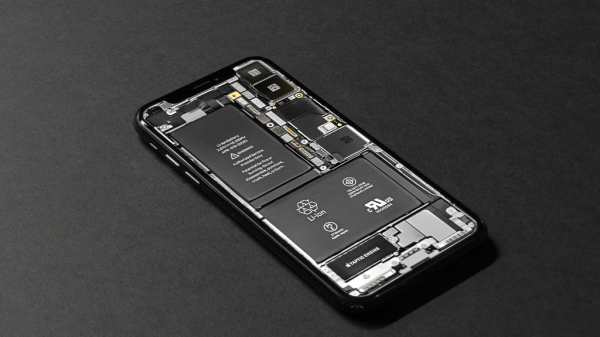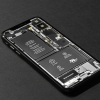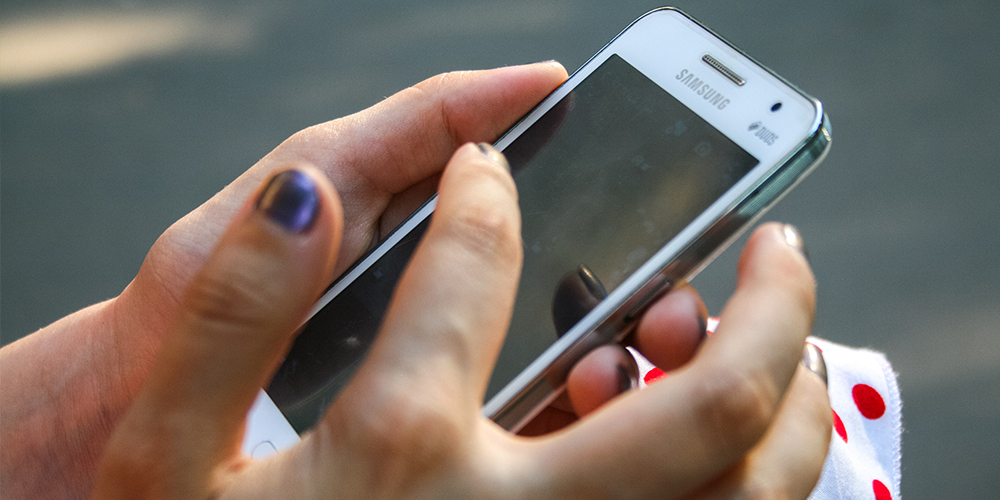Samsung researchers have developed new holographic technology that allows for high-definition 3D videos to be viewed at 30 angles. The goal is to make the screen so thin that it can be used in smartphones – so cool!
The way holographic displays work is by manipulating light so a 3D image is projected into space without the use of other equipment (think: 3D glasses).
What makes this display so revolutionary is that existing holographic displays can only produce high-definition images when viewed from the front. In short, there is a small viewing angle. Thus, Samsung’s newest display, complete with 30 viewing angels, is a radical achievement.
“The ultimate goal of holographic display would be to deliver the most realistic representation, where people cannot tell the difference between real objects and virtually generated ones,” says Hong-Seok Lee at Samsung Advanced Institute of Technology in South Korea.
It works is by using a backlight to redirect the image, which cuts down on the eye-fatigue experienced by anyone who has ever worn 3D glasses – you are forced to look in slightly different directions, which causes muscle strain in the eyes.
With Samsung’s display, you simply have to look at the image the way you would regularly, and the display does the rest of the work.
These developments in holographic technology can make it possible for smartphones, tablets or computer monitors to utilize user-friend holographics. How will new improved holographic displays affect technology as we know it? Will the everyday person be able to access these holographic technologies?
It’s a little too early to say for sure, but Samsung is publicly on a mission to create displays thin enough to be used in their smartphones. I’m curious to see how the consumer market will react – will holographic displays become the new norm, or will people kind of stop caring after the glow of the novelty has worn off (anyone remember Google Glass?) I’m also interested to see if Apple – Samsung’s greatest competitor – will try to adopt holographic displays for the newest iPhone. Will we see a “Race for the Best Holographic Displays” between the two companies? I sure hope so.
Anaïs DerSimonian is a writer, filmmaker, and educator interested in media, culture and the arts. She is Clark University Alumni with a degree in Culture Studies and Screen Studies. She has produced various documentary and narrative projects, including a profile on an NGO in Yerevan, Armenia that provides micro-loans to cottage industries and entrepreneurs based in rural regions to help create jobs, self-sufficiency, and to stimulate the post-Soviet economy. She is currently based in Boston. Besides filmmaking, Anaïs enjoys reading good fiction and watching sketch and stand-up comedy.










































